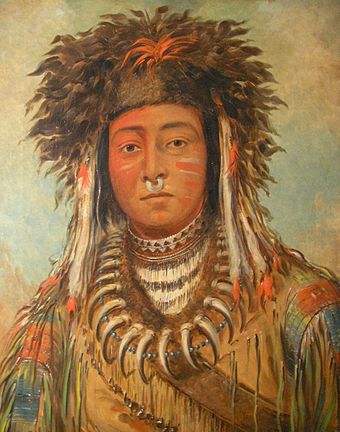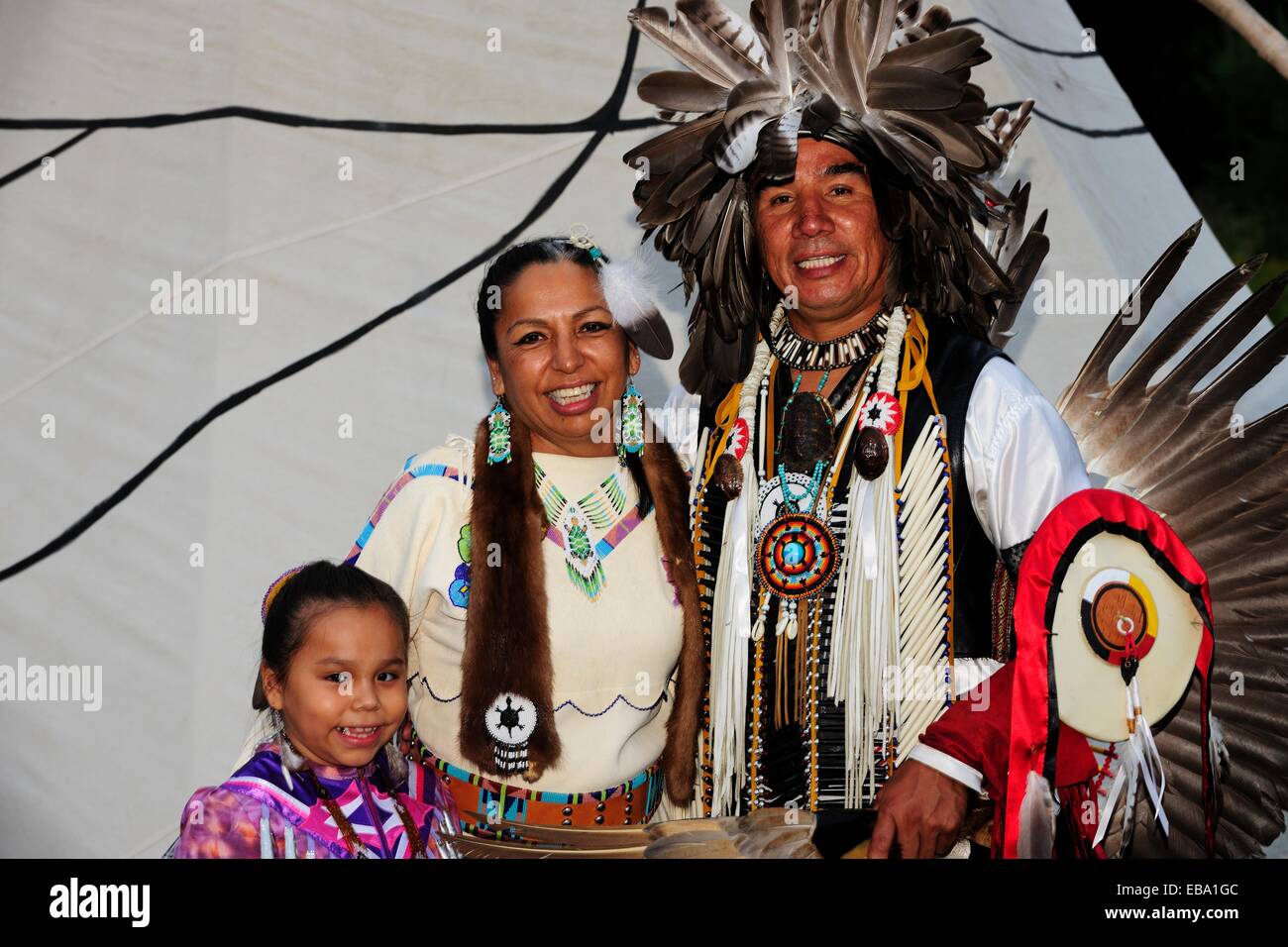:max_bytes(150000):strip_icc()/Ojibwe_Traditional_Wickiup-ad16ebd67f0e46199d2166dd1a7a170f.jpg)
Navigating the Heart of Anishinaabemowin: A Journey Through Voyageurs National Park and Ojibwe Traditional Lands
Voyageurs National Park, a sprawling mosaic of interconnected lakes, dense forests, and rocky islands on the border of Minnesota and Ontario, is more than just a picturesque wilderness. It is a living, breathing testament to the profound and enduring relationship between the Ojibwe people (Anishinaabeg) and their ancestral lands. For the traveler seeking an experience deeper than just scenic vistas, understanding Voyageurs through the lens of Ojibwe traditional land use maps transforms a mere visit into a journey through history, culture, and sustainable stewardship. These "maps," often unwritten yet deeply ingrained in collective memory and practice, reveal a world where every bay, portage, and forest grove held a specific purpose, guided by generations of intimate knowledge.
The Landscape as a Living Atlas
Imagine a map not drawn on paper, but etched into the very landscape – a map understood through seasonal migrations, the flow of water, the abundance of resources, and the sacred stories tied to specific places. This is the essence of Ojibwe traditional land use. Voyageurs National Park, with its labyrinthine waterways and rich biodiversity, embodies such a map. For centuries, this region was a vital artery in the Anishinaabeg homeland, a place where life unfolded in harmony with the natural rhythms of the earth.

Traditional land use maps weren’t static documents; they were dynamic systems of knowledge passed down through oral traditions, ceremonies, and direct experience. They detailed not just where things were, but when and how to interact with them. A specific stretch of river wasn’t just a place to paddle; it was a seasonal fishing ground. A particular island wasn’t merely land; it was a sacred site or a prime location for harvesting berries. To navigate Voyageurs today with this perspective is to walk (or paddle) in the footsteps of those who understood this landscape with an unparalleled intimacy.
Waterways: The Ancient Highways and Lifelines
At the heart of Voyageurs are its magnificent lakes – Rainy, Kabetogama, Namakan, and Sand Point – interconnected by a network of rivers and portages that once formed the bustling highways of the Ojibwe people. These waterways were the primary arteries for travel, trade, and communication, making the canoe not just a mode of transport but a cultural cornerstone. Traditional land use maps would have meticulously detailed these routes: safe passages, dangerous rapids, reliable portage trails, and strategic campsites.
When you paddle a canoe or kayak through these waters today, you are traversing routes that have been used for millennia. Imagine the birchbark canoes laden with furs, wild rice, and trade goods, propelled by skilled Anishinaabe paddlers. These routes connected communities, facilitated inter-tribal relations, and were crucial for accessing diverse ecosystems. The fluidity of water travel meant that the "boundaries" on these traditional maps were often more permeable and responsive to environmental conditions than modern fixed lines. The ability to read the water, understand currents, and predict weather was a critical skill, an implicit layer of information within these living maps.

Manoomin and Miskomin: Sustenance from the Land
Perhaps no single resource better exemplifies Ojibwe traditional land use in this region than manoomin – wild rice. The shallow bays and marshy areas within Voyageurs, particularly along the shores of Rainy Lake and Kabetogama, were and remain prime wild rice beds. Traditional land use maps would have highlighted these critical harvesting areas, detailing the optimal times for gathering, the methods of processing, and the communal responsibilities involved. Wild rice was not just food; it was a sacred gift, central to Ojibwe diet, economy, and spiritual well-being. Its careful stewardship, ensuring sustainable harvests year after year, reflects a deep ecological understanding that pre-dates modern conservation efforts by centuries.
Beyond manoomin, the forests and islands of Voyageurs provided an abundance of other vital resources. Miskomin (raspberries), blueberries, and cranberries dotted the landscape, their locations known to families and communities for generations. Traditional maps would have marked these berry patches, along with areas for hunting deer, moose, and waterfowl, and specific fishing grounds for walleye, northern pike, and lake trout. The forest itself was a pharmacy and a hardware store: birchbark for canoes and containers, cedar for spiritual ceremonies and construction, various plants for medicinal purposes. Every tree, every plant, every animal had its place and its purpose within the intricate web of traditional land use.
Seasonal Rhythms and Sustainable Stewardship

Ojibwe life in the Voyageurs region was dictated by the seasons, a cyclical pattern of movement and resource utilization that formed the bedrock of their land use philosophy. Traditional maps were inherently seasonal. Spring brought the maple sugar harvest, with specific sugar bush locations known and managed. Summer was for fishing, berry picking, and gathering wild rice. Fall was dedicated to hunting and preparing for winter, while winter itself was a time for trapping, storytelling, and maintaining social connections.
This seasonal movement wasn’t random; it was a carefully orchestrated dance with nature, ensuring that no single resource was over-exploited and that the land had time to regenerate. This inherent sustainability is a core principle reflected in traditional land use maps. The Ojibwe understood that their well-being was inextricably linked to the health of the land, fostering a deep sense of responsibility and reciprocal relationship. When you visit Voyageurs, consider the seasonality of your own activities – fishing, hiking, snowshoeing – and how these echo the ancient rhythms of those who lived here before.
Sacred Sites and Spiritual Landscapes
Traditional land use maps extended beyond mere resource allocation; they encompassed the spiritual landscape. Certain islands, rock formations, or ancient pictograph sites held profound spiritual significance, serving as places for ceremony, vision quests, or honoring ancestors. These were sacred spaces, integral to the cultural fabric and often marked with reverence rather than just a practical purpose.
While many of these sites are not publicly disclosed out of respect for their sanctity, their presence underscores the holistic nature of Ojibwe traditional land use. The land was not just a collection of resources but a living entity, imbued with spirit and history. Visiting Voyageurs with this understanding encourages a deeper respect for the land, acknowledging its multi-faceted importance beyond recreational value. The quiet introspection offered by a secluded bay or a windswept island can connect you to this deeper layer of meaning.
Experiencing Voyageurs Today Through an Anishinaabe Lens

For the modern traveler, understanding Ojibwe traditional land use maps transforms a visit to Voyageurs National Park into a richer, more meaningful experience. It’s an invitation to engage with the landscape not just as a tourist, but as a student of history and culture.
- Paddle with Purpose: When you paddle a canoe or kayak, imagine the centuries of Anishinaabe travel. Consider the skill, knowledge, and spiritual connection that went into each stroke.
- Observe the Ecosystem: Look for wild rice beds, observe the migratory patterns of birds, and identify edible plants (with caution and respect, of course). Recognize these as the lifeblood of ancient communities.
- Respect the Land: Practice Leave No Trace principles, recognizing that you are on ancestral lands. Understand that every rock, tree, and body of water has a story and significance far beyond your immediate experience.
- Seek Knowledge: Visit local interpretive centers, museums, and read about Ojibwe history and culture. Support Indigenous-led initiatives and learn directly from tribal communities where possible.
Beyond the Map: A Living Legacy
The "maps" of Ojibwe traditional land use are not relics of the past; they represent a living legacy of knowledge, resilience, and connection to the earth. They remind us that true sustainability comes from a deep, reciprocal relationship with the land, understanding its cycles, respecting its spirit, and living within its means. Voyageurs National Park, while managed by the National Park Service, remains Anishinaabe traditional territory, a place where the echoes of ancient ways of life are still palpable.
By choosing to explore Voyageurs with an awareness of its Ojibwe heritage, you embark on a journey that transcends mere tourism. You become a participant in a story centuries in the making, gaining not just beautiful memories but a deeper appreciation for the intricate relationship between people and place. It’s an opportunity to see the landscape not just as a static picture, but as a dynamic, historically rich tapestry, woven with the wisdom of the Anishinaabeg – a wisdom that continues to guide and inspire. This is not just a travel destination; it is a gateway to understanding a profound and enduring cultural landscape.


